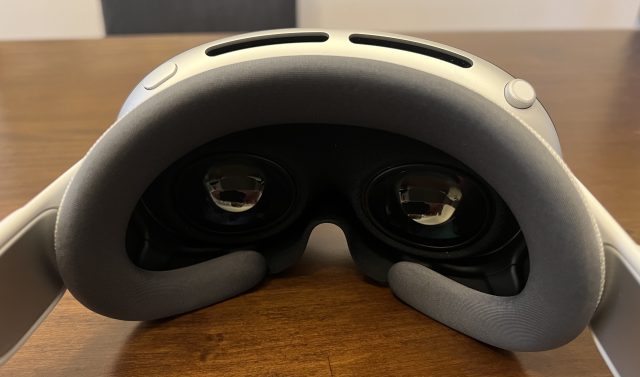
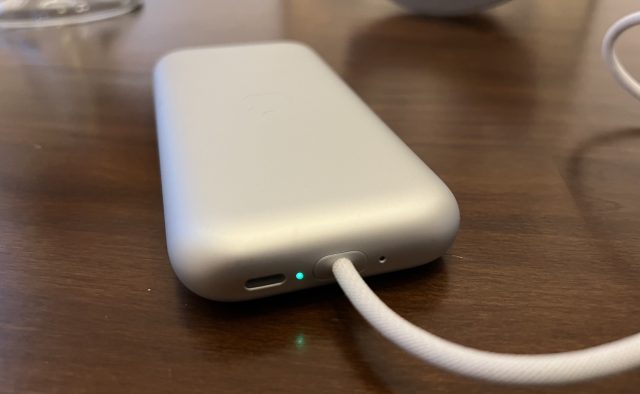
You can get a lot of work done while wearing Apple’s Vision Pro and have fun doing it—but it’s not yet at the stage where most of us will want to fully embrace spatial computing as the new way of working.
I spent more than a week working almost exclusively in the Vision Pro. I carried on Slack conversations, dialed into Zoom video calls, edited Google Docs, wrote articles, and did everything else I do within my day-to-day responsibilities as an editor at Ars Technica.
Throughout the experience, I never stopped thinking about how cool it was, like I was a character in a cyberpunk novel. The Vision Pro opens some new ways of approaching day-to-day work that could appeal to folks with certain sensibilities, and it offers access to some amenities that someone who hasn’t already invested a lot into their home office setup might not already have.
At the same time, though, I never quite zeroed in on a specific application or use case that made me think my normal habit of working on a MacBook Pro with three external monitors would be replaced. If you don’t already have a setup like that—that is to say, if you’ve just been working on a laptop on its own—then the Vision Pro can add a lot of value.
I plan to explore more use cases in the future, like gaming, but this is the last major piece in a series of sub-reviews of the Vision Pro that I’ve done on various applications, like entertainment or as an on-the-go mobile device.
My goal has been to see if the Vision Pro’s myriad use cases add up to $3,500 of value for today’s computing enthusiast. Productivity is front and center in how Apple markets the device, so this is an important one. Let’s see how it holds up.
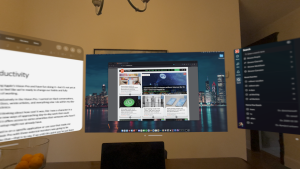
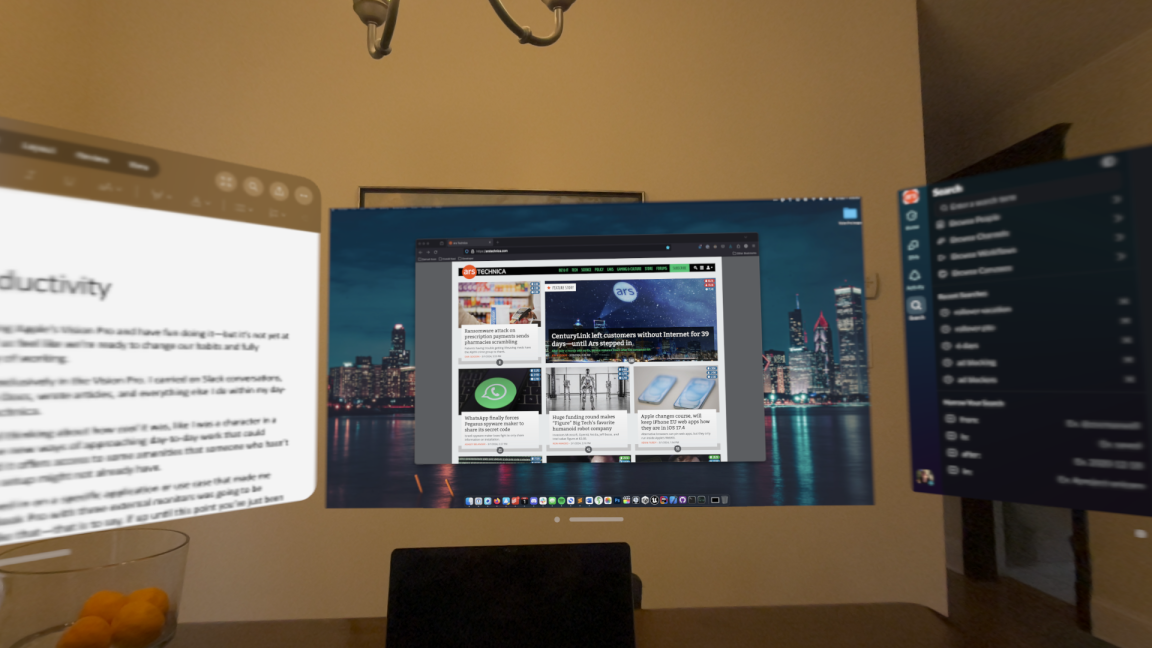

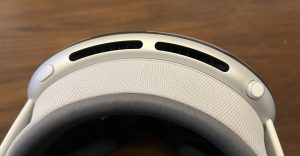
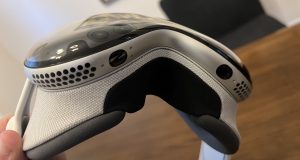
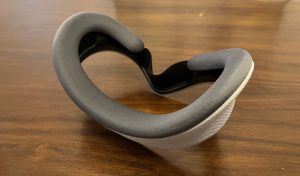
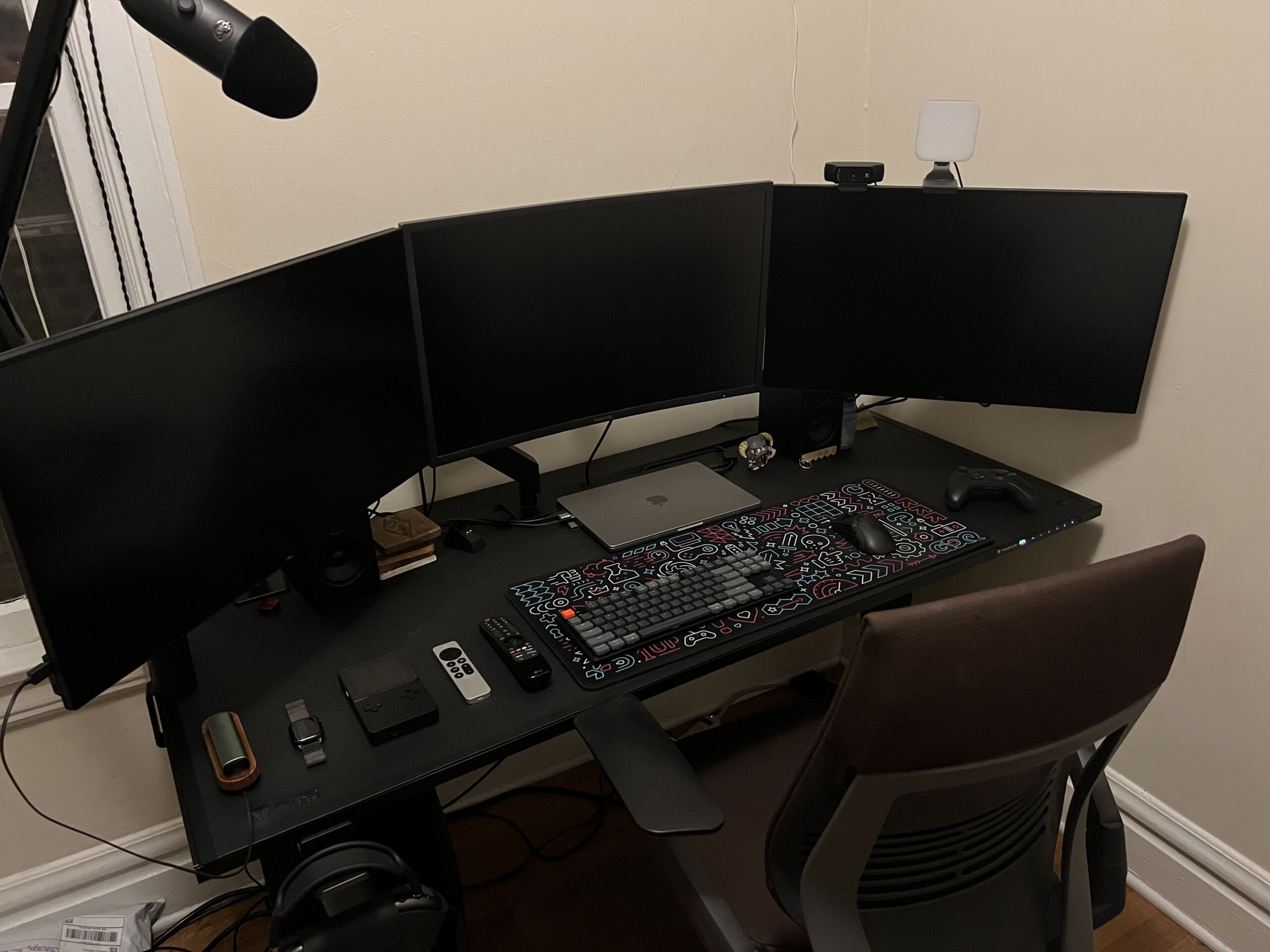
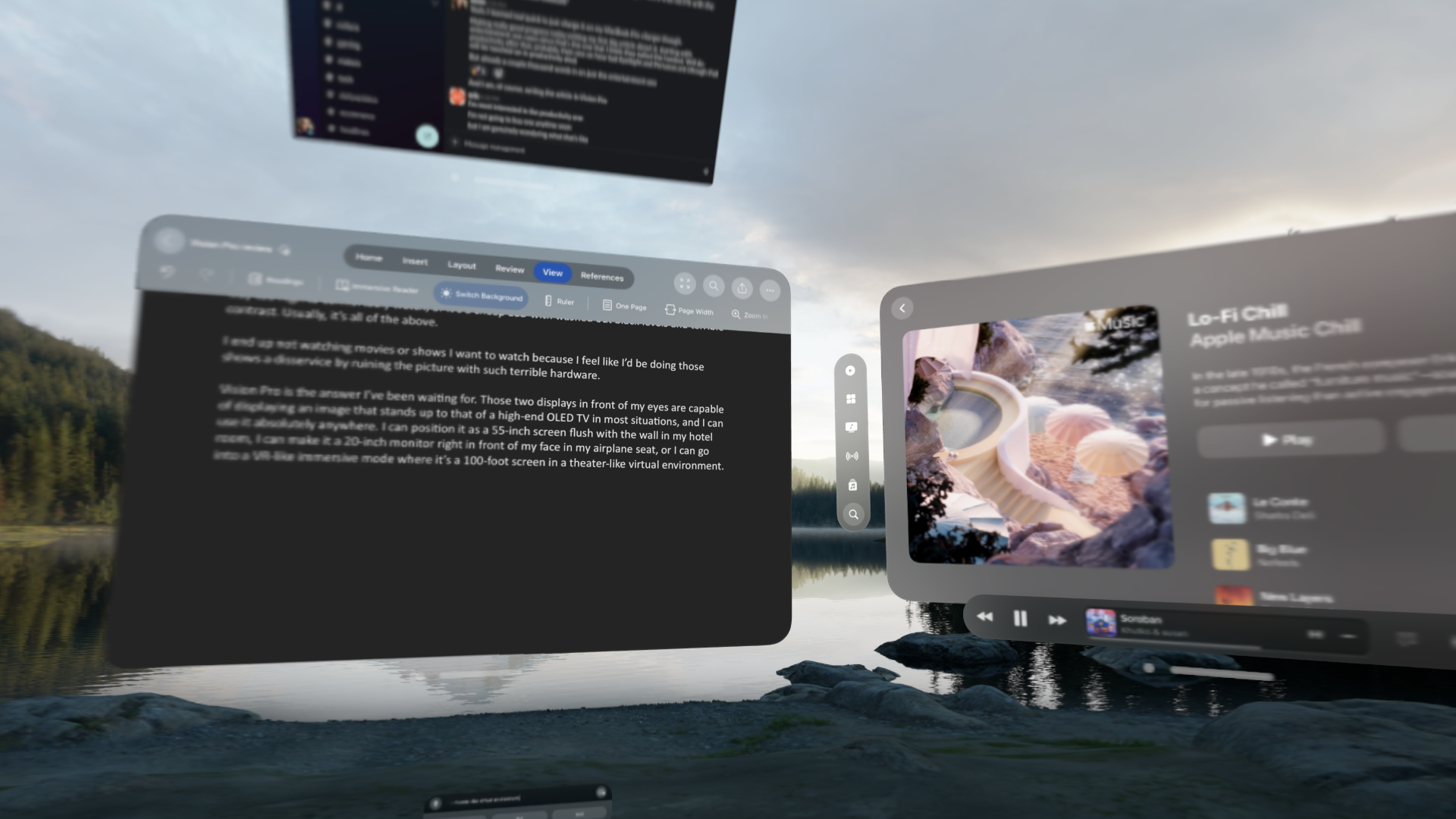
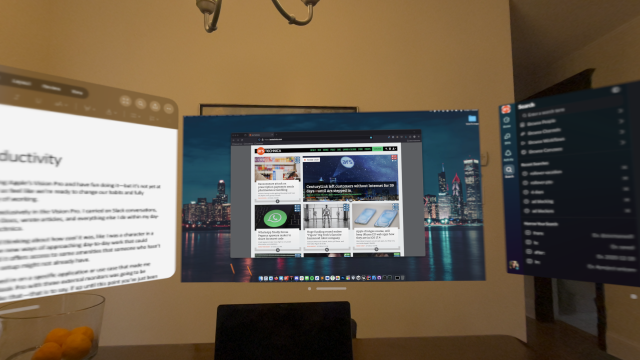
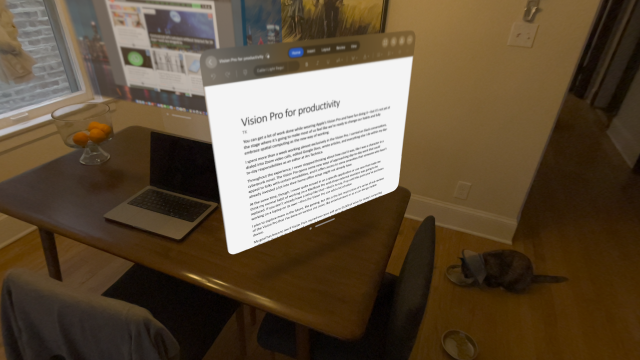
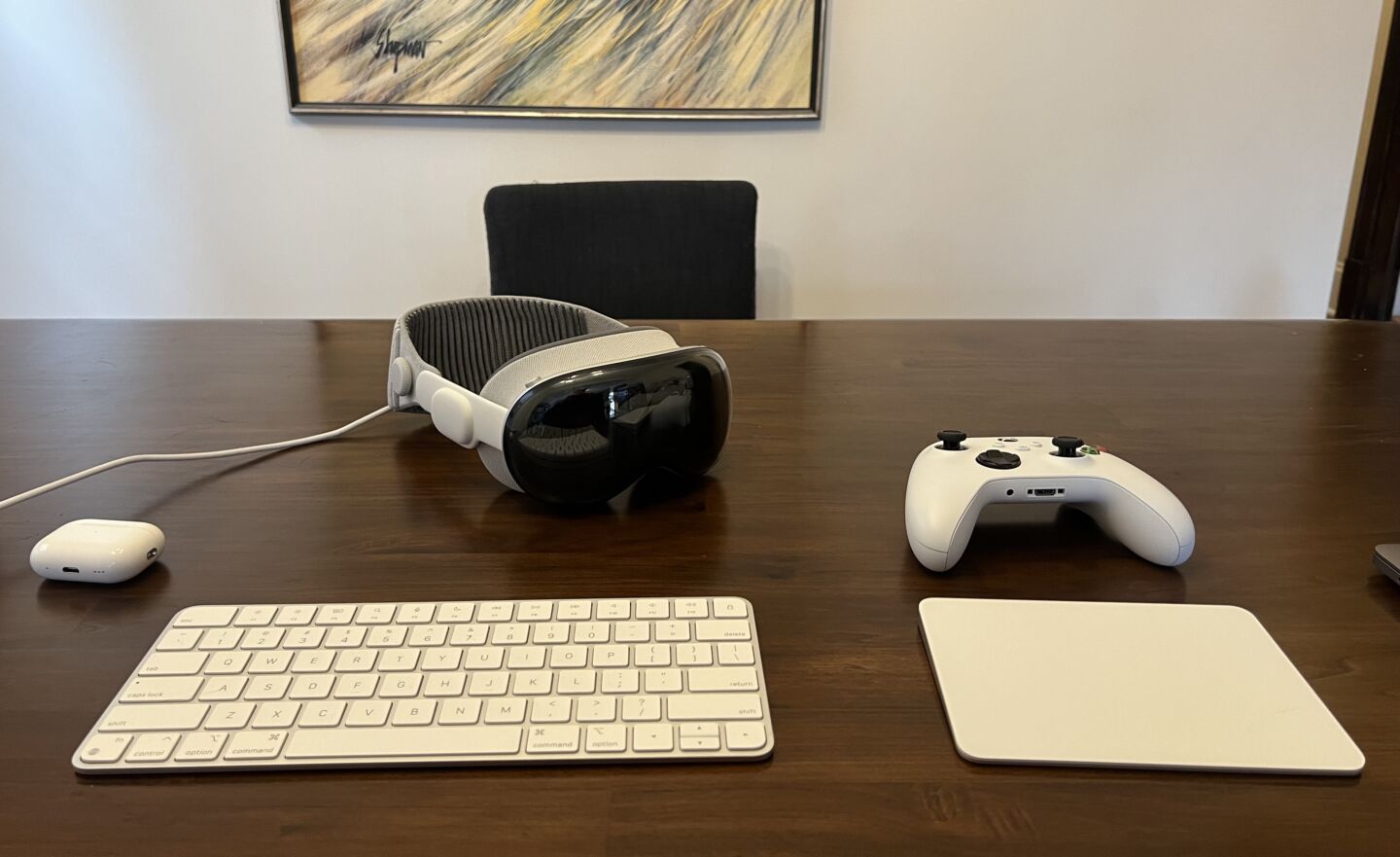
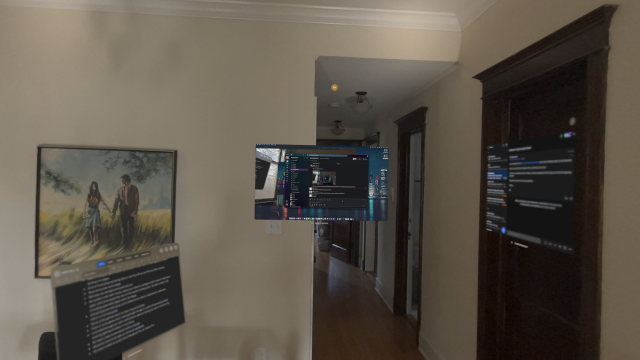
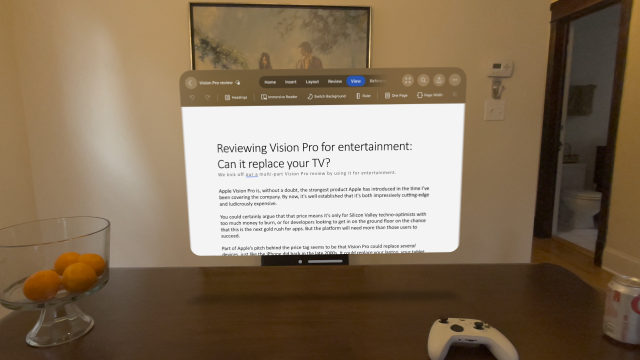
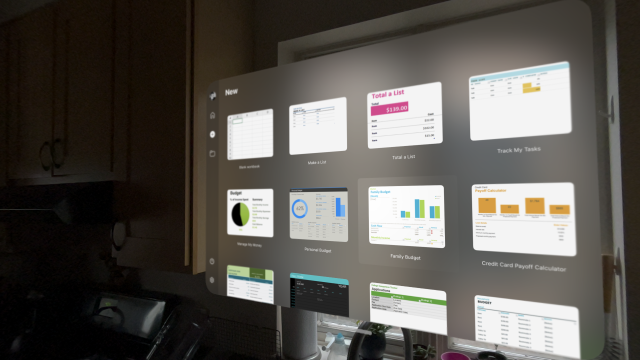
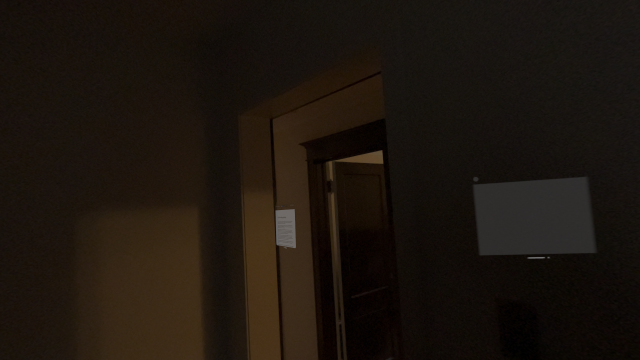
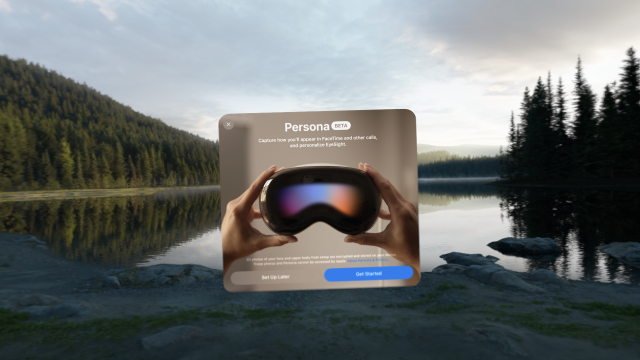
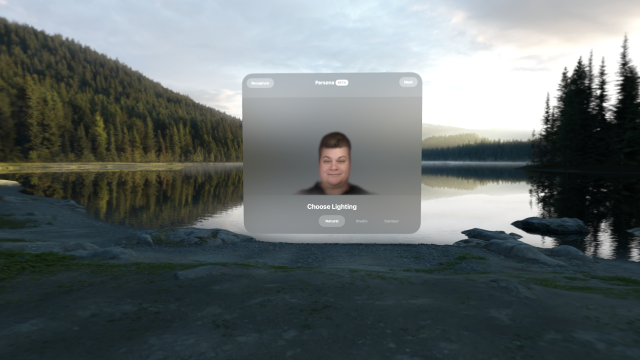
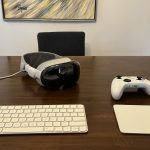
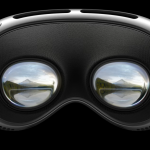

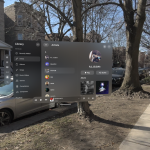

 Loading comments...
Loading comments...
